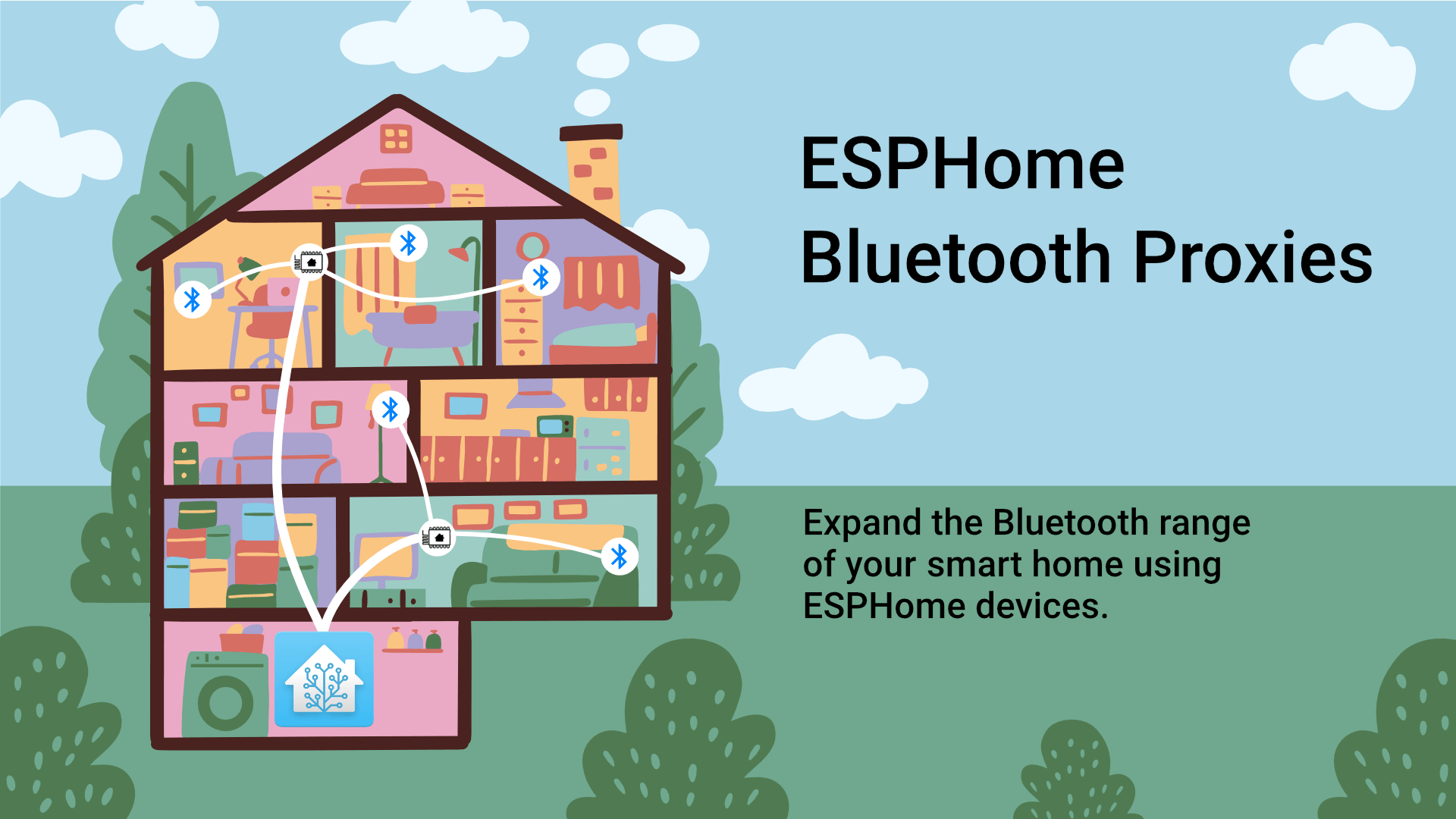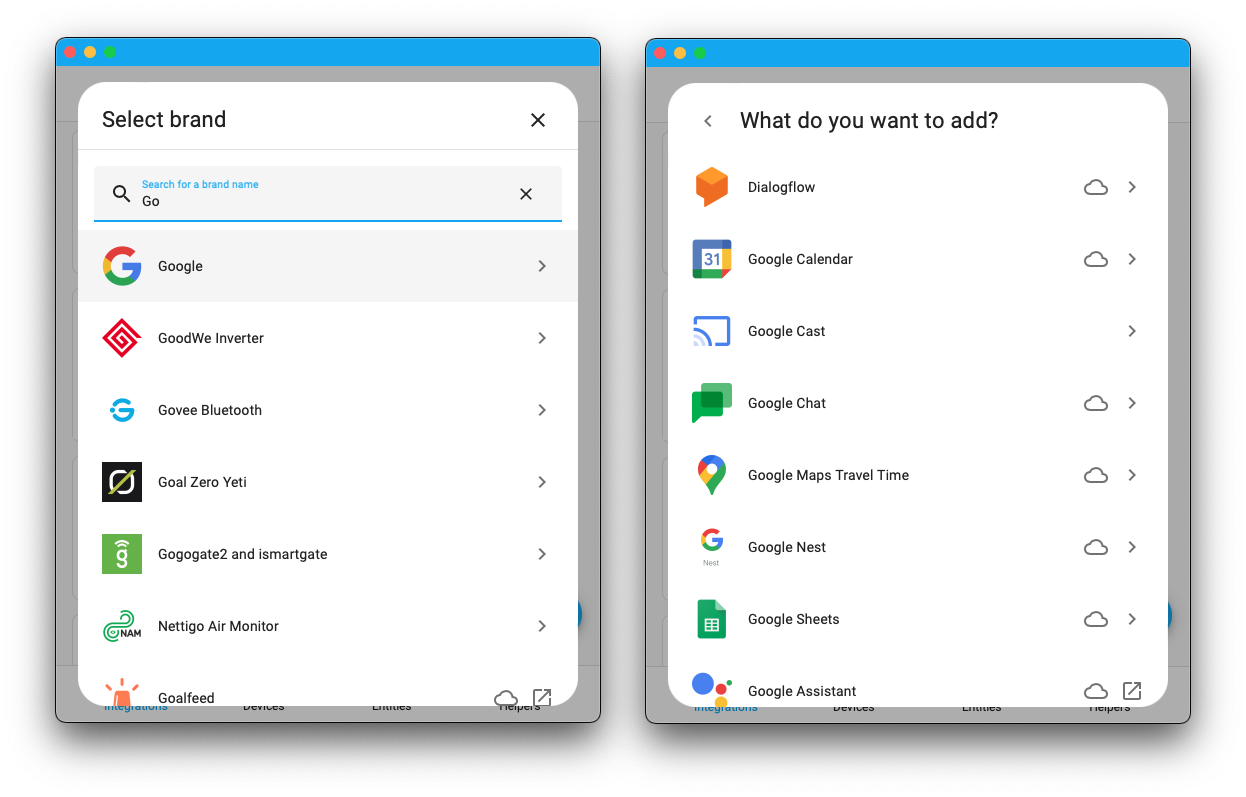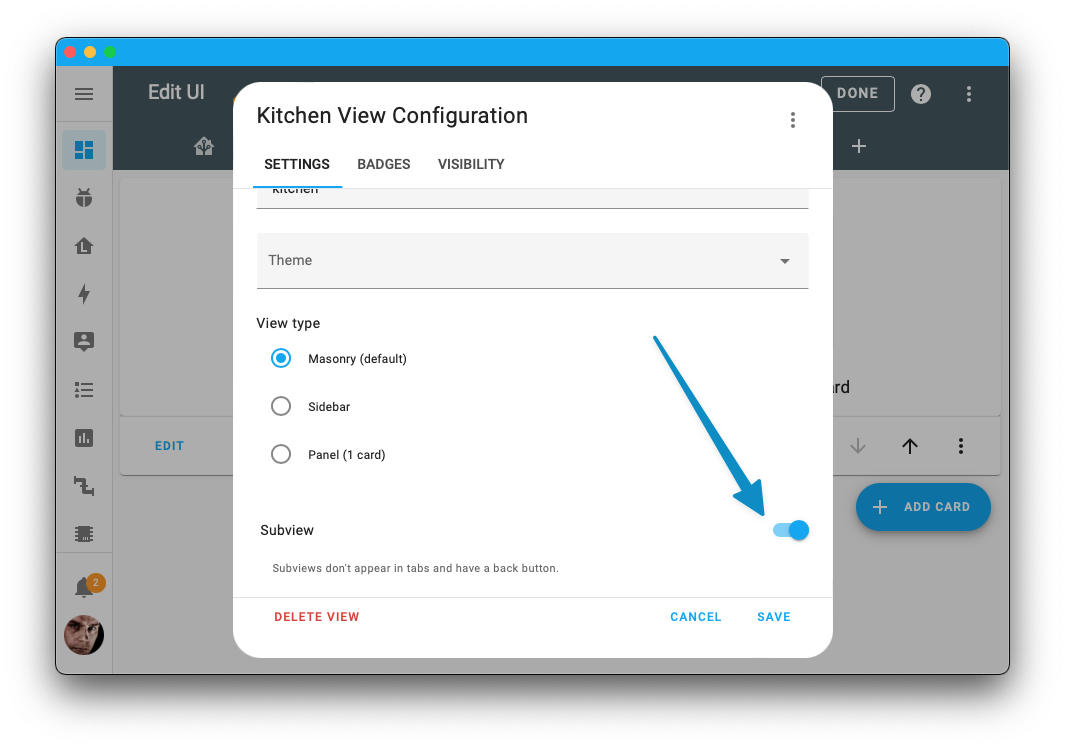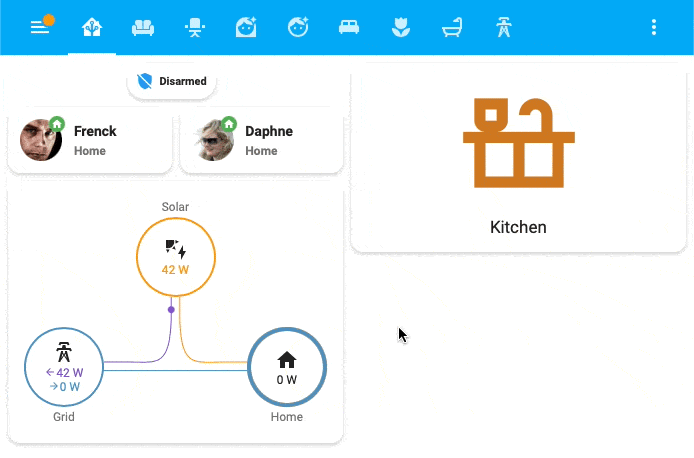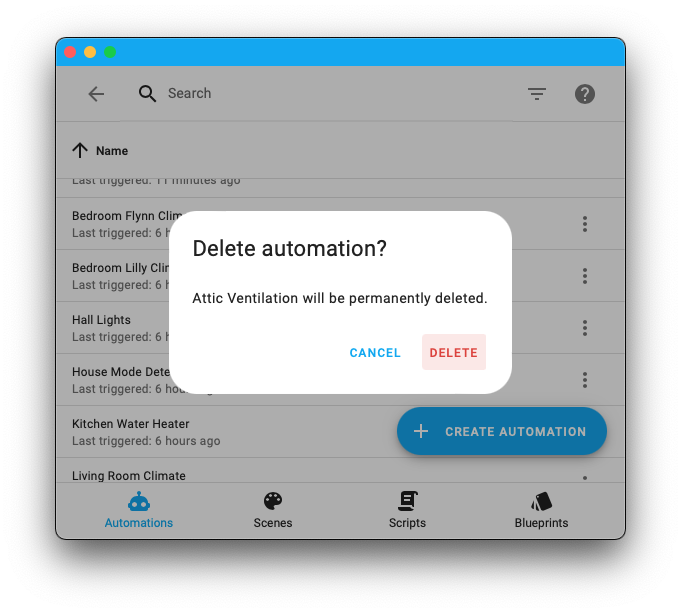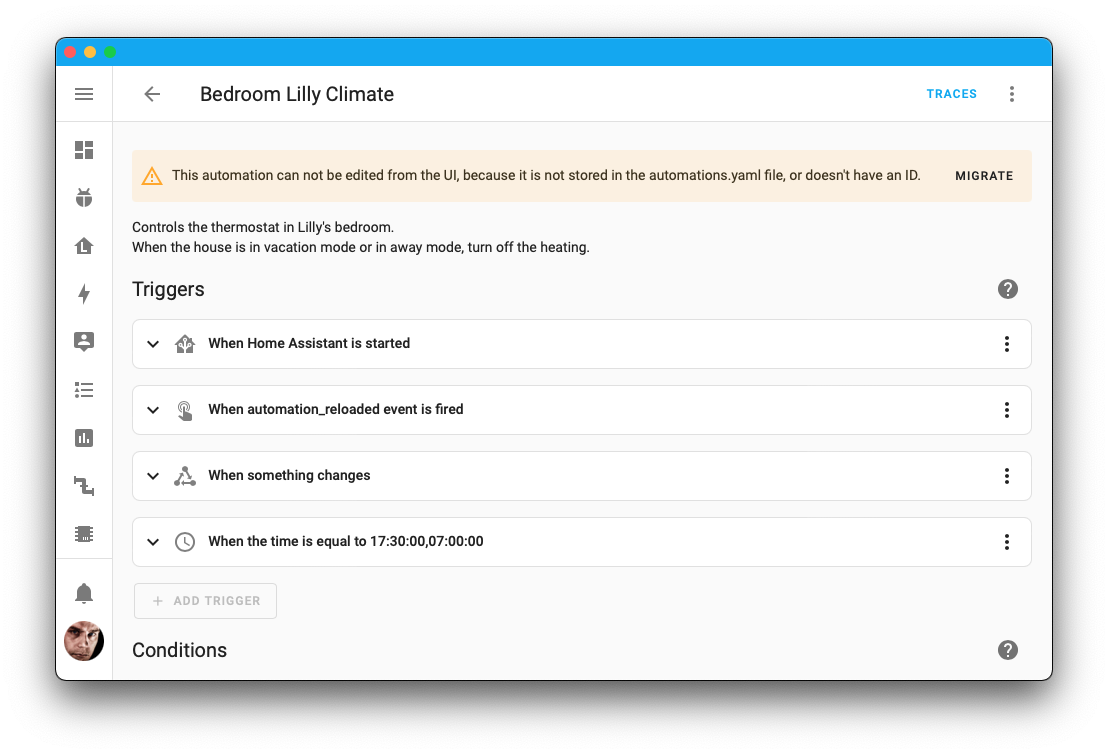Happy October! October is always a special month for the project. It is the
month everybody starts working on their home automations again, the month that
Hacktoberfest brings in lots of new contributions and contributors to the
project (👋 welcome!), and also this year: the Month of “What the Heck?!”.
The Month of WTH already looks very promising,
and many good and interesting issues, ideas, and suggestions to streamline
have been proposed. Keep those topics and votes going ❤️.
Oh! And Home Assistant Core 2022.10! 🎉
Last month’s release was a big one; this month’s release mostly continues to
improving on that. I guess it is no surprise that the biggest improvement can
be found (once again) in Bluetooth! There is a lot more, though this release
is a bit “all over the place”, which is actually kinda nice.
Enjoy the release!
../Frenck
PS: I noticed the Home Assistant SkyConnect is now available for pre-order 🥳
Don’t forget to join our release party live stream on YouTube today at 12:00 PDT / 21:00 CET!
Índice
Marcel van der Veldt joins Nabu Casa
We are excited to announce that Marcel van der Veldt
has joined Nabu Casa!
Marcel is known for his contributions to the Z-Wave integration,
the rewrite of the Hue integration, the
Music Assistant custom integration,
and many more!
Marcel is going to be working on Matter
support in Home Assistant. Just in case you missed it, Matter is now officially
available/released 🎉.
Welcome aboard Marcel!
Active Bluetooth everywhere
Two releases back, we introduced the Bluetooth integration.
The previous release we brought Bluetooth everywhere in your home by adding
support for Bluetooth Proxies.
Let’s not stop there!
In this release, those proxies now support active Bluetooth connections! 🤯
To explain this quickly: Previously, we could listen for Bluetooth devices
and only receive data via the proxies (passive connection); now, we can actively
set up a conversation with those devices and send data (active connection). This
adds the capability to extend the range of Bluetooth devices that can be
controlled 💙.
For this occasion, ESPHome will have an additional release, which adds this
functionality. We have also updated our Bluetooth proxy installer website
to install with support for active connections.
So, you want to control that SwitchBot Bluetooth device on the other end of your
home that seems out of reach? Now you can by installing a proxy on
a simple ESP32 device.
Oh! Bonus: the Bluetooth performance has been improved too! Especially local
Bluetooth adapters should be quite a bit faster. 🚀
Support for iBeacons
This release also adds support for iBeacons. These are Bluetooth-enabled devices
that send out identifiers to announce their location. Home Assistant can
now pick those up and show an approximate distance to such an iBeacon.
iBeacons can open up a lot of awesome use cases for automations. For example,
you could attach an iBeacon to your car, so you’ll know the car is at home. Or,
on the trash can and use it to determine if the garbage is still sitting in the
garage on pick-up day and send out a notification.
Read more about iBeacons in our documentation.
Finding the right integration
For some brands of devices, we have multiple integrations available.
For example, we have a lot of “Google” integrations. Some brands provide devices
that can work via Zigbee or their matching hub, meaning you’d have a choice
of integrating their hub or using the devices directly via Zigbee
(e.g., using ZHA).
To make it more clear on the choices available, you can now categorize
integrations by brand. Home Assistant will show the options available
for that specific brand. For example, the “Google” brand:
This way, you no longer have to “find out” how your device could be integrated.
We now show if an integration uses “the cloud” or not, so you are aware upfront.
We often get questions about YAML-only integrations that cannot be found in the
user interface. While we love them to be available via the UI, we can
understand not finding them at all can be confusing.
To help with that, we now show all integrations when adding a new
integration, including those only available via YAML. While they cannot be
set up via the user interface, we now do provide links to the documentation
with the instructions on how to set it up.
Subviews for dashboards
This might be one of the coolest and most impactful features that has been
added to our Dashboards lately: Subviews!
Each view on a dashboard can now be marked as being a “Subview”:
Subviews won’t show up in the navigation bar of your dashboard, meaning
you can only navigate to them by using, for example, a navigation action on
a button.
When you navigate to a subview, the subview itself will not show the Dashboard
navigation bar. Instead, it will show a back button to the previous view
you came from.
Screen recording showing a Kitchen subview in action.
This allows for creating cool navigation concepts that are particularly helpful
on a mobile or tablet device.
All dialogs restyled
All dialogs that are shown in the Home Assistant have been slightly updated.
Most notably: The dialogs are now rounder on the edges, and the action buttons
have been styled and named more consistently. It brings Home Assistant closer
to version 3 of the Material Design that Home Assistant follows.
Viewing YAML automations in the automation editor
In the last release, we revamped our automation editor, and we are very
happy to read how many of you loved these changes ❤️
However, if you manage your automations manually in YAML, you’d always be
served an error message when trying to open an automation in the UI. Not very
helpful, right?
This has been improved! You can now open any automation (or script) in the
UI. This lets you view your automation, providing a quick glance at its
workings.
Besides, as a bonus, if you have considered moving your automation to the UI,
you can now view and experience how it would look/work for those automations
and import them into the UI with the click of a button in the top right.
Handling version numbers in templates
A new version() template function/filter has been added, allowing you to do
awesome things with version numbers in templates.
It allows for getting information about a version number, comparing version
numbers, and even checking the difference between two versions.
-
{{ version("2022.10.0") > "2022.9.7" }}
Returns true, as2022.10.0is newer. -
{{ (version("2022.10.1") - "2022.10.0").patch }}
Returns true, as the patch number of the version changed. -
{{ (version("2022.10.1") - "2022.10.0").minor }}
Returns false, as there is just a patch difference. -
{{ version("2022.10.0b0").beta }}
Return true, as this is a beta version.
version() can be helpful when building automations or Blueprints for
update entities. You could, for example, easier
decide to automatically upgrade or send more detailed notification messages
in case a patch version is available.
Google Sheets
This release introduces a new way to export data from Home Assistant:
Google Sheets.
With this integration, you can add new rows to a Google Sheet document
from a service call, allowing you to export data from automations for
further processing, visualization, or insights.
Export anything you like to a sheet in Google Sheets, like your energy usage.
Maybe you like to export your daily energy usage or keep track of the number
of diapers you have used in your baby feeding diary spreadsheet.
The possibilities with this are endless.
Other noteworthy changes
There is much more juice in this release; here are some of the other
noteworthy changes this release:
- The long-term statics card now uses the unit you have selected a sensor to
be in. So, if you’ve changed the sensor, it will now match! Also, more sensors
are now able to change/convert units. Thanks, @emontnemery and @epenet! - When removing integrations that use application credentials, we will now ask
if you want to clean up those credentials. Nice touch, @allenporter! - The Netatmo integration got lots of love! It now supports the Netatmo
Doorbell, modulating thermostats and now also supports devices from Legrand,
Bubendorff, BTicino and Smarther! Thank you @cgtobi! - If you have a Prusa printer, you can now use the PrusaLink integration
to control your print job using the new job control buttons available!
Thanks, @balloob! - BTHome now supports binary sensors! Thanks, @Ernst79!
- The HomeKit Controller now supports Thread transport. Thanks, @roysjosh
and @Jc2k! -
forked-daapd (OwnTone) now supports the media browser and can leverage
the Spotify integration. Thanks, @uvjustin! - The Min/Max helper now supports calculating the statistical range. For
example, helpful if you want to show the difference between the coolest and
warmest rooms. Thanks, @jsherman256! -
@holysoles added unique ID support to the Universal Media Player,
@magic7s added support for it to OhmConnect. Thanks! -
NETGEAR now has a bunch of switches to control things like parental
controls, Wi-Fi availability, and access. Thanks, @starkillerOG!
New Integrations
We welcome the following new integrations in this release:
Integrations now available to set up from the UI
The following integrations are now available via the Home Assistant UI:
Need help? Join the community!
Home Assistant has a great community of users who are all more than willing
to help each other out. So, join us!
Our very active Discord chat server is an excellent place to be
at, and don’t forget to join our amazing forums.
Found a bug or issue? Please report it in our issue tracker,
to get it fixed! Or, check our help page for guidance for more
places you can go.
Are you more into email? Sign-up for our Building the Open Home Newsletter
to get the latest news about features, things happening in our community and
other news about building an Open Home; straight into your inbox.
Breaking Changes
Below is a listing of the breaking change for this release, per subject or
integration. Click on one of those to read more about the breaking change
for that specific item.
The prob_given_false configuration variable is now a required parameter as there
was no mathematical rationale for the previous default value.
numeric_state, template, and state entries with only one to_state
configured will update the prior probability accordingly if the
observation is false. Those who have used duplicate, mirrored state
configurations as a workaround will have their functionality preserved.
However, for numeric_state and template entries, this will cause
duplication of the Bayesian updating.
When the player is grouped and isn’t master, the state no longer reports as
“grouped” but instead reports as “idle”.
(@epenet – #78096) (documentation)
The previously deprecated guardian.reboot and
guardian.reset_valve_diagnostics services have been removed and replaced
by button entities on the guardian valve controller device.
(@bachya – #78663) (documentation)
When the player is loading, the state no longer reports as “opening”,
but instead reports as “buffering”.
(@epenet – #78101) (documentation)
The previously deprecated YAML configuration of the HERE Travel Time
integration has been removed.
HERE Travel Time is now configured via the UI, any existing YAML
configuration has been imported in previous releases and can now be safely
removed from your YAML configuration files
(@eifinger – #77959) (documentation)
When the player is not active, the state no longer reports as “problem”,
but instead reports as “off”.
When the player is active, but the state doesn’t match known states,
the state no longer reports as “ok” but instead reports as “on”.
(@epenet – #78105) (documentation)
Some breaking changes have been made in disabling the Movies count sensor out
of caution. This sensor can cause problems with massive databases.
If you still wish to use it, you may do so.
Movie names are no longer included as attributes in the movies sensor. Upcoming
has been removed. It is being modernized as calendar items should be.
Diskspace is now split into different sensors, one for each folder.
Status and commands have been removed as they don’t appear to have real
value for automations.
(@tkdrob – #78965) (documentation)
In Home Assistant 2022.4, the binary sensors for showing an update from the
Supervisor integration were…
Visto en


